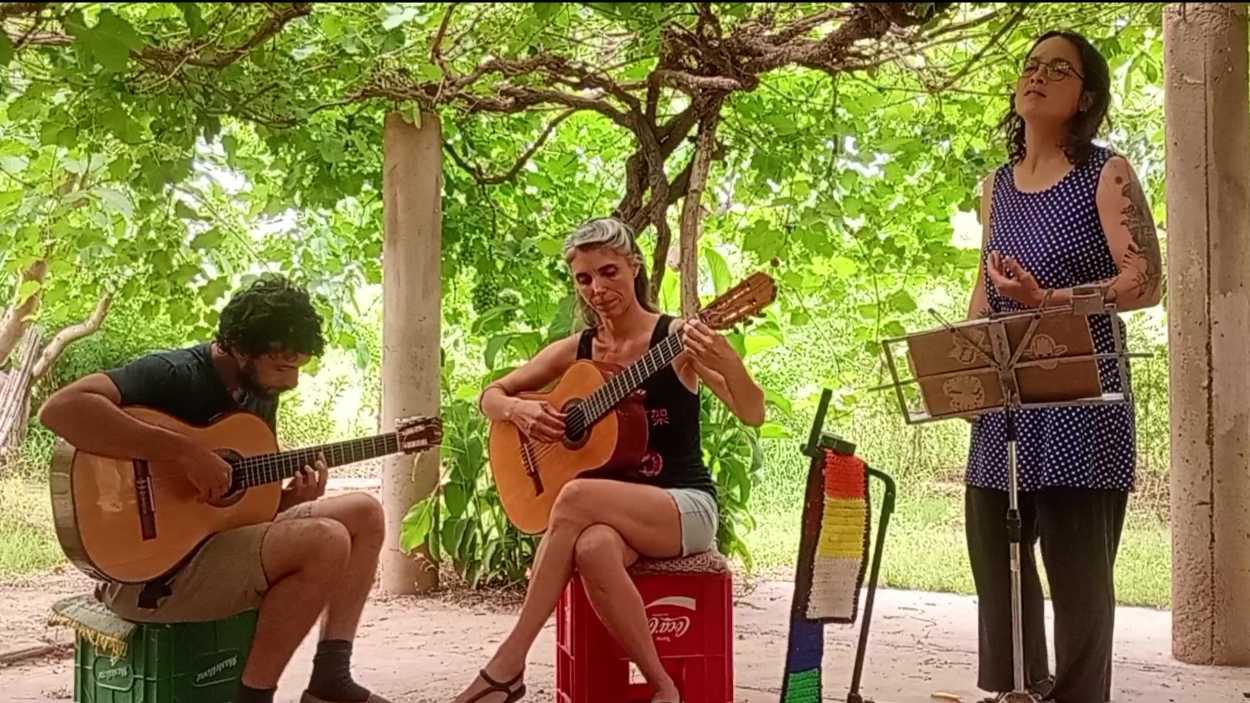Néstor Kirchner: 1950-2010
Néstor Kirchner: 1950-2010
It is with great sadness that Americas Society and Council of the Americas share news that former President Néstor Kirchner, who governed Argentina from 2003 to 2007, died unexpectedly of a heart attack on the morning of October 27, 2010.
It is with great sadness that Americas Society and Council of the Americas share news that former President Néstor Kirchner, who governed Argentina from 2003 to 2007, died unexpectedly of a heart attack on the morning of October 27, 2010. He was 60 years old. We extend our condolences to his wife and current President Cristina Fernández de Kirchner, as well as to the Kirchner family.
The former governor of the oil-rich, Patagonion state of Santa Cruz ascended to the presidency with 22 percent of the vote in a first-round April 2003 election after ex-President Carlos Menem dropped out of the race. Despite winning office “by default,” the Peronist went on to score high approval ratings and credit for rescuing Argentina from its 2001 economic crisis and bond default. As an Infolatam biography reports, by the time Kirchner stepped down in 2007, “the standard of living in Argentina had visibly improved.” Salaries rose by 20 percent during his term and GDP growth averaged 8.8 percent annually over the course of his presidency. In 2005 his government negotiated the restructuring of the country’s $81 billion in bond debts and on December 15 of that year, he announced that Argentina would pay off its remaining $9.8 billion debt to the IMF.
Kirchner won praise not only for Argentina’s economic progress, but also for accomplishing political milestones at home and abroad. Shortly after taking office, he led a purge of top military officials linked to Argentina’s “dirty war,” apologized for the state’s role, forced the removal of portraits of ex-dictators from the walls of the military school, and had the Navy School of Mechanics—once an infamous torture site—converted into a museum. The Supreme Court, which Kirchner had a hand in reshuffling, voided amnesty laws that had prevented persecution of officials and military linked to the dictatorships. In terms of regional politics, Argentina played host to the 34-member Fourth Summit of the Americas in 2005. Kirchner also refocused Argentina’s ties with Mercosur. The Union of South American Nations' May 2010 unanimous election of Kirchner as the UNASUR Secretary General showed his ongoing political prominence in the region.
In spite of his popularity, Kirchner chose not to seek reelection. But his Argentine political career did not end when he handed the presidential reins to his successor and wife in 2007. There was broad speculation that Kirchner, considered a Latin American statesman and Argentina powerbroker, would seek to run for the presidency again in 2011.
Néstor Carlos Kirchner was born on February 25, 1950, in Río Gallegos, Santa Cruz. In 1976, he earned his law degree from the National University of La Plata, where he and his future wife met while involved in the Peronist Youth movement. They were married on March 9, 1975, and had two children, Máximo and Florencia. At the time of death, Kirchner was in the town of El Calafate in Santa Cruz. He and the president had traveled to their home province to be counted as part of the Argentine Census. Kirchner underwent two surgeries for blocked coronary arteries this year and took ill the night before his death. Still, his doctor described the death as “sudden.” A funeral will be held in Argentina’s Congress and UNASUR has declared three days of regional mourning.








